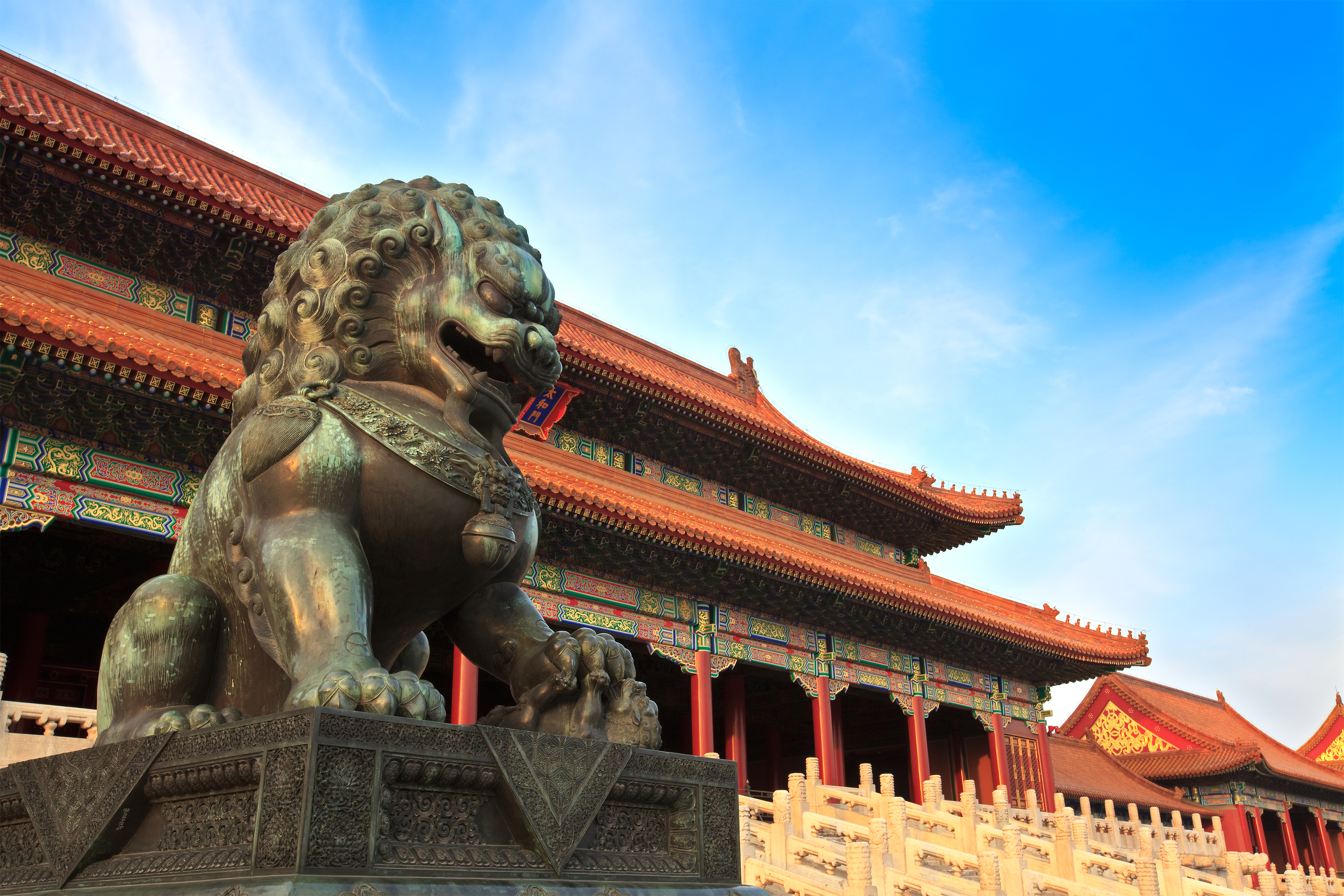Advantages of doing business in China
_UPDATED.png)
Australia has arguably benefited from China’s recent rise more than most countries. Australia has positioned itself as one of China’s key partners during its amazing economic transformation – and this is set to be greatly enhanced by the signing in 2015 of the historic China Australia Free Trade Agreement (ChAFTA).
Consider some key facts:
- China is home to more than 1.42 billion people – or about 56 times the population of Australia
- China is the world’s number one trading nation and manufacturer by output
- In 2018, Chinese GDP is estimated to be USD 13.41 trillion, second only to the United States
- China’s GDP growth rate over the past three decades has often bypassed 10 per cent, and consistently exceeded 7 per cent
- As the Chinese economy matures, annual GDP growth is still tipped to exceed 6 per cent
- Household incomes in China are soaring, with more than 400 million people now considered middle class. By 2022, over 550 million people in China will be considered middle class.
- China’s urban middle class is expected to reach 70 per cent of its population by 2030.
- China is Australia’s biggest trading partner by a huge margin.
The China Australia Free Trade Agreement (often referred to as ChAFTA) has eased the process of doing business in China for Australian organisations by opening up unprecedented access and opportunity across a wide spectrum of industries, that want to embrace the opportunities in the world’s most populous nation. These industry opportunities will add momentum to what is already a very broad and strong economic, strategic and cultural relationship between our two nations.

Two-way trade in goods and services in 2018 reached just under AUD 215 billion, with Australia buying roughly AUD 75 billion in merchandise (mostly manufactured) imports from China and the Chinese spending about AUD 118 billion on Australian exports (goods). This makes it by far our biggest two-way trade partnership, China having surpassed Japan in the number one position back in 2009.
It is well-known that Australia’s most valuable exports to China come from the ground. Our iron ore, coal, gas and gold exports to China in 2018 were worth more than AUD 79 billion - around half the total value of our China exports. But mining is far from the whole story, and in future years is likely to be relatively less important as China’s economy matures, its growth slows and its demand for mineral resources tapers off. Already, thanks to a burgeoning population of urban middle-class Chinese consumers, Australia is finding growing markets for its agricultural produce, processed food, tourism, education, and more specialised professional services and advanced manufacturing. Australia will increasingly need to build on these nonresource export opportunities in the future as an economic cushion against the end of the mining boom.
ChAFTA is set to greatly assist in this aim, providing much easier access to the Chinese market for Australian service providers, and removing tariffs on most of our export goods as soon as it comes into force. Although China’s growth will inevitably slow as it matures into a more advanced, developed economy, Chinese GDP is still expected to grow at an extraordinary (by Western standards) 6 per cent. As this is happening, the surge in the urban Chinese middle-class population — they are expected to number about 550 million by 2022 — should also drive further growth in consumption expenditure for years to come, and in doing so fuel potential new demand for non-mineral Australian exports.
The prospects for agricultural and processed food exports are particularly bright. Annual Australian agricultural exports to China have doubled in five years to about AUD 13.5 billion , and more growth is in the offering as Chinese consumers increasingly demand quality produce, and Australia trades on its ‘clean and green’ image. In addition, ChAFTA will provide greater market access to China with the staged removal of Chinese tariffs on a multitude of Australian exports, including dairy products, beef, lamb and seafood. Tariffs will also be progressively removed from Australian wine and a range of processed foods including fruit juice and honey, along with pharmaceuticals and other manufactured products.
Education is another big part of the growing China-Australia relationship. Australia has an international reputation for the quality of its education sector, and over 255,000 Chinese students are now enrolled in Australian universities, schools and other institutions, accounting for more than a quarter of the multi-billion dollar education export sector. The sector will be a beneficiary of the free trade agreement, with new rights to market directly to Chinese students.
Other service industries that have previously not featured in the Australia-China equation could also come into play as a result of ChAFTA. Australian private hospital and nursing home operators, for example, are allowed to enter China at a time of major potential growth as the Chinese population ages and expenditure on health soars.
Want to learn more? Explore our other China information categories or download the China Country Starter Pack.
